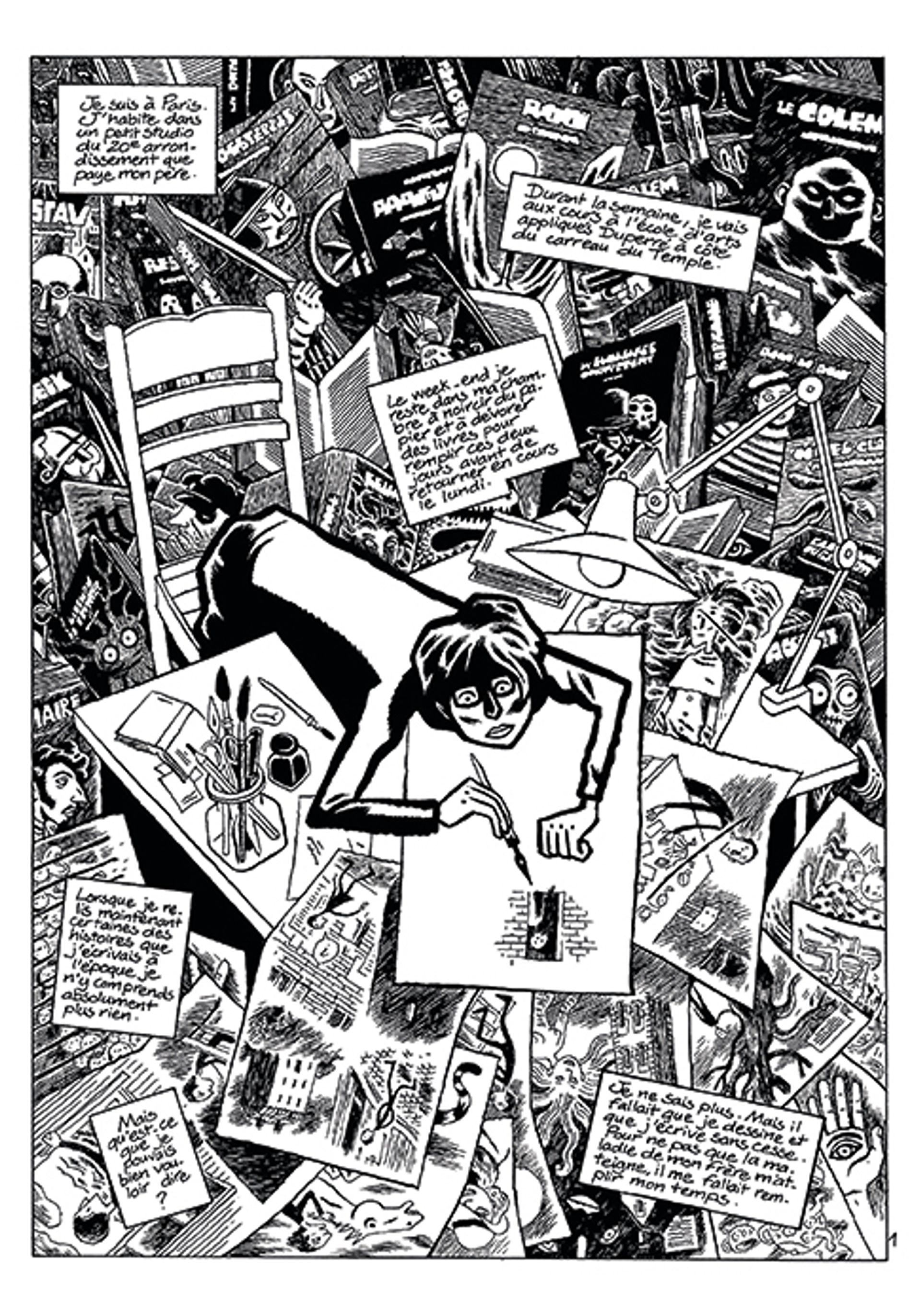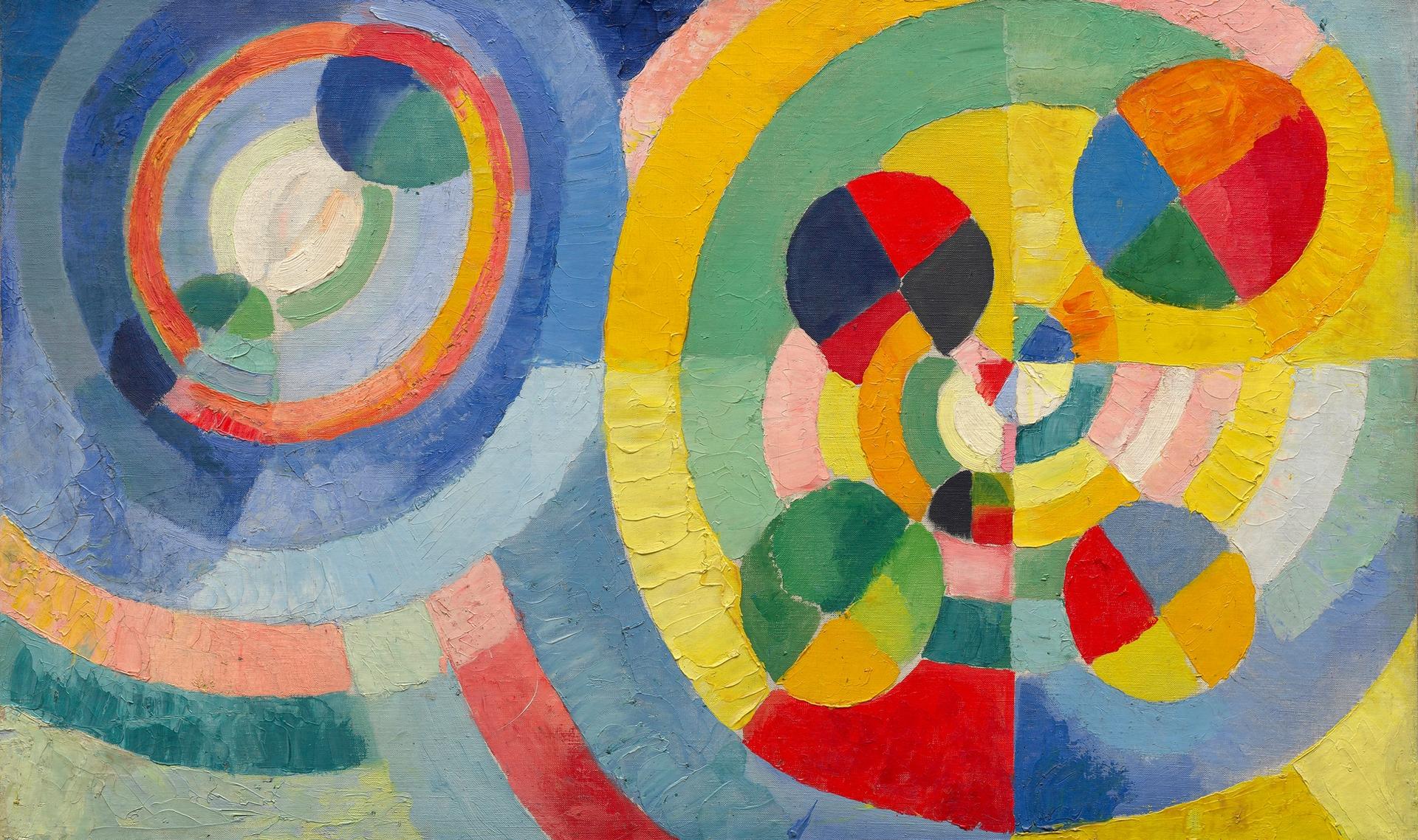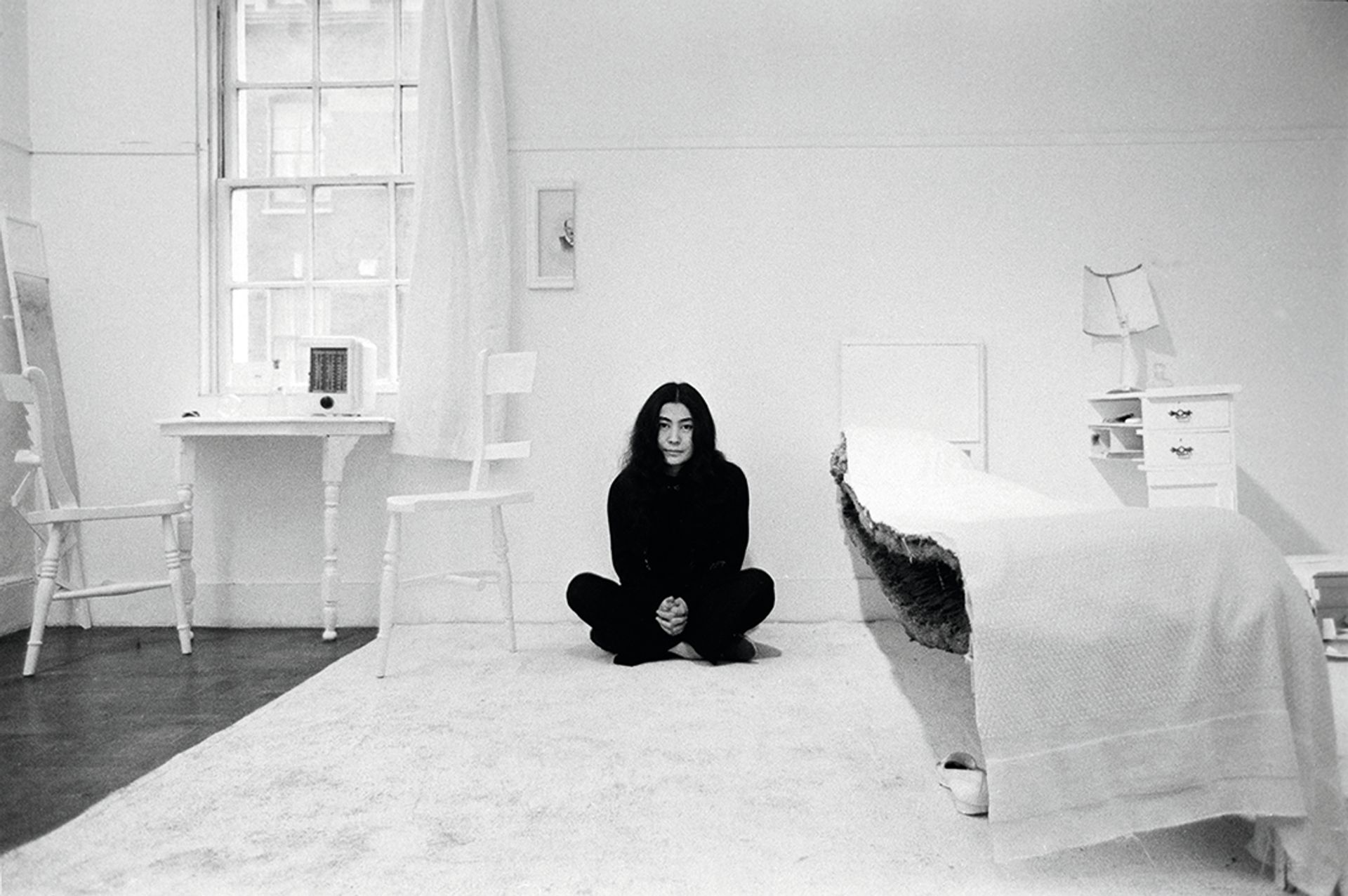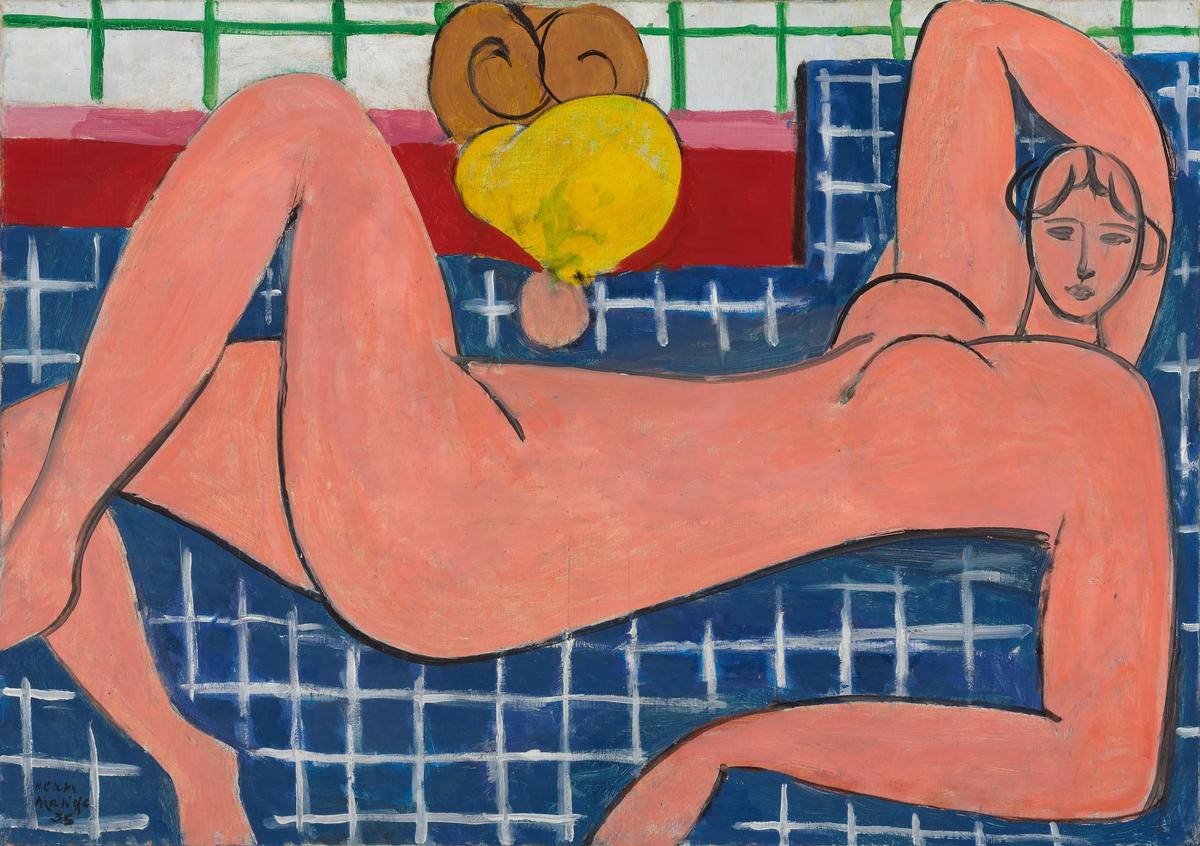Basel: More than the fair
Basel is one of the most delightful European art cities to visit, being relatively compact along the banks of the Rhine. Although the international art world descends on the city for its annual Art Basel fair (13-16 June), its museums always mount ambitious exhibitions too.
Top of the bill is Matisse: Invitation to the Voyage (22 September-26 January 2025) at the Fondation Beyeler. With more than 70 works, it will look at how the artist’s themes echo those in Baudelaire’s similarly named poem.
The Kunstmuseum’s programme includes three varied offers. First up is Dan Flavin: Dedications in Light (2 March-18 August), which will present Flavin—renowned for his installations made with fluorescent lightbulbs—afresh, stressing how his work relates to events of his time, such as police violence.
Made in Japan: Coloured Woodcuts by Hiroshige, Kunisada and Hokusai (16 March-21 July) runs almost concurrently to Flavin, highlighting the work of three of the greatest Japanese printmakers of the early 19th century. The examples on show were assembled a century ago by the local collector and chemist Carl Mettler and are rarely on display.
Finally, Paula Rego: Power Games (28 September-2 February 2025) is a tribute to the late Portuguese-British artist. The works will be in a series of themed rooms, focusing on power struggles: within society, between the sexes, in families and inside individuals.

Sargent Claude Johnson’s Singing Saints (1967) will be part of the late artist’s first exhibition in 25 years at the Huntington Courtesy of Michael Rosenfeld Gallery LLC, New York. © Estate of Sargent Claude Johnson
Los Angeles: California’s diverse art world sets the pace
Los Angeles continues its ascent as one of the most important art meccas in the US, with world-class exhibitions and an ever-burgeoning gallery scene. Many major galleries have established outposts there—Marian Goodman, David Zwirner, Lisson et al.—and 2024 promises more cultural highpoints.
The stalwart Huntington presents the work of the 20th-century Californian artist Sargent Claude Johnson (17 February-20 May), including his monumental Organ Screen (1933-34). Destination Crenshaw, a public project celebrating Black artists, will include 100 artworks by artists including Melvin Edwards, Alison Saar and Kehinde Wiley.
The Getty’s sprawling event PST ART will launch in September with shows from more than 60 institutions, including the Los Angeles County Museum of Art’s Mapping the Infinite (13 October-23 February 2025), which will use art spanning the Neolithic period to now to look at how humans have tried to explain the origin of the world.

David B’s L’ascension du Haut Mal (2002) is part of the Centre Pompidou’s Bande Dessinée exhibition © Courtesy de l’artiste et de la galerie Anne Barrault
Paris: Olympian efforts
The French artist Albert Decaris is the reigning Olympic champion of “engraving and etching”, as until 1948 medals were handed out in artistic fields as well as sporting ones. You can discover medal history at Gold, Silver and Bronze at Monnaie de Paris (27 March-24 September) while the Musée du Louvre highlights the Olympics’ origins (25 April-16 September). Paris last hosted the games in 1924: a few months before rival Surrealist manifestos were published. The Centre Pompidou will mark the moment with Surrealism: the Centenary Exhibition (4 September-6 January 2025). Across the river, the Musée d’Orsay will host Paris 1874: Inventing Impressionism (26 March-14 July). Continuing surveys of French cultural forms, the Pompidou will pay homage to Bande Dessinée (comics) (29 May-4 November) while The Birth of Department Stores at the Musée de Arts Decoratifs (10 April-13 October) covers modern shopping.

Robert Delaunay’s Circular Forms (Formes Circulaires) (1930) will be included in the Solomon R. Guggenheim Museum’s exhibition Harmony and Dissonance: Orphism in Paris, 1910-30 Solomon R. Guggenheim Museum, New York. Photo: Kristopher McKay
New York salutes its role in Modern art
Starting this spring, art lovers in New York can look forward to a slate of exhibitions celebrating the city’s place in the history of Modern art, beginning with the Metropolitan Museum of Art’s The Harlem Renaissance and Transatlantic Modernism (25 February-28 July). Around the same time, the MacArthur Fellow, Pulitzer Prize winner and experimental musician Raven Chacon will present A Worm’s Eye View from a Bird’s Beak (25 January-14 April) at the Swiss Institute, mixing experimental music with other work centred on the Indigenous experience in the US.
Meanwhile, the Museum of Modern Art will present LaToya Ruby Frazier: Monuments of Solidarity (12 May-7 September), the artist’s first museum survey and a catalogue of her ongoing practice pairing activism with boundary-pushing photography and new media projects. Along with these landmark shows, the Whitney Museum of American Art opens the Whitney Biennial show in March, offering a comprehensive, to-the-minute survey of US contemporary art.
Located a short train ride up the Hudson River, Dia Beacon will be presenting a newly commissioned work from the British artist and director Steve McQueen, starting in May. The video installation continues his ongoing projects regarding time, sound and minimalist film-making, complicating his meditations on race and self-perception. Dia Beacon also features the US artist Keith Sonnier’s mid-century work later in the year (from autumn), exhibiting mixed-media installations that question the role of American material culture throughout the 20th century.
Back in the city, Christmas visitors will see the Solomon R. Guggenheim Museum open Harmony and Dissonance: Orphism in Paris, 1910-30 (8 November-9 March 2025), showing some of the earliest approaches to integrating the material and technological changes of the early 20th century.

Yoko Ono’s Half-A-Room (1967) will be part of the Tate’s retrospective of the artist, Yoko Ono: Music of the Mind, starting 15 February © Yoko Ono
London: women lead the UK capital
London appears to be reliving the Swinging Sixties: The Beatles and The Rolling Stones are in the charts, and Yoko Ono will soon be in an art gallery. Not just any, mind: Tate Modern is staging a major retrospective, Yoko Ono: Music of the Mind (15 February-1 September), which will showcase her participatory concept works (including Cut Piece, in which gallerygoers snipped off bits of her clothing), along with films and music she made with and without John Lennon. Ono’s indefatigable commitment to ingenious presentations of her ideas has seen her consolidate her position as a venerated avant-garde voice.
Ono leads a surge of female-oriented shows across formats and periods. Tate Britain will be offering Women Artists in Britain 1520-1920 (16 May-13 October) – a complement to its current Women in Revolt! exhibition – which will show the hidden struggles of artists across the centuries. It reaches back to the 17th-century painter Mary Beale, admired by the portraitist Peter Lely, and Laura Knight, the first female artist elected to full Royal Academy membership.
The Swiss-born neoclassicist Angelica Kauffman will be given her own standalone survey by the Royal Academy of Art (1 March-30 June). Acquiring the patronage of Joshua Reynolds and a considerable reputation as a painter of historical scenes, she became one of the RA’s founder members in 1768.
Meanwhile, Modernism will be examined in the Courtauld Gallery’s Vanessa Bell: a Pioneer of Modern Art (25 May-6 October), while London’s survey of female artists reaches the present day with Barbara Kruger (1 February-17 March) at the Serpentine Galleries. Finally, the National Portrait Gallery’s Portraits to Dream In (21 March-16 June) offers a creative battle between the photographers Francesca Woodman and Julia Margaret Cameron.


